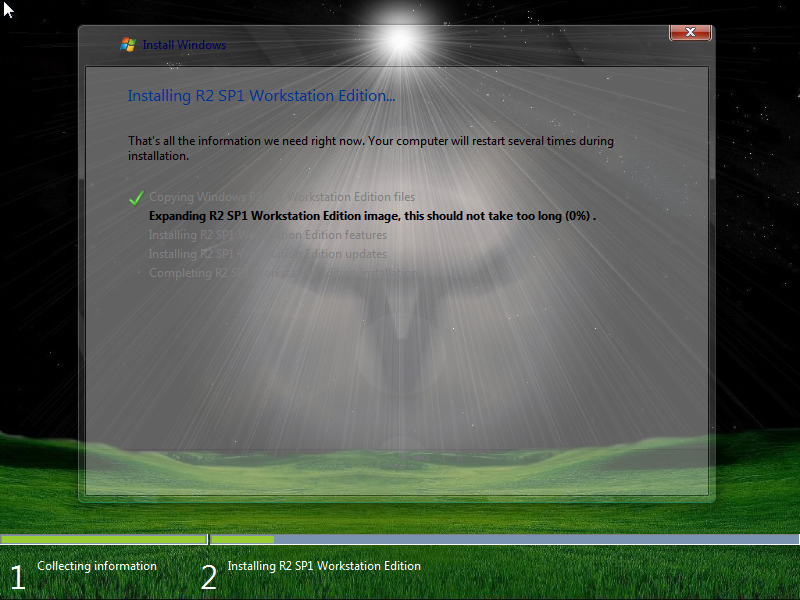

- #Windows 7 and windows server 2008 r2 sp2 install
- #Windows 7 and windows server 2008 r2 sp2 update
- #Windows 7 and windows server 2008 r2 sp2 license
- #Windows 7 and windows server 2008 r2 sp2 windows 7
#Windows 7 and windows server 2008 r2 sp2 windows 7
For single licenses and micro businesses, the ESU keys for Windows 7 SP1 can only be obtained through channel partners.
#Windows 7 and windows server 2008 r2 sp2 license
Microsoft itself only offers such a thing to volume license customers. Finding this source of supply was the biggest hurdle in late 2019, early 2020. Microsoft does not mention a source of supply in the Techcommunity article.
#Windows 7 and windows server 2008 r2 sp2 install
The steps to install and activate the MAK keys are the same as for the first year (see also the following links). This requires activating a new key on each corresponding device to ensure your devices continue to receive security updates in 2022. Windows Server 2008 R2 SP1, Windows Server 2008 SP2 and Windows Server 2008 R2 SP1, on the other hand, will receive ESU support until Janu(see Windows Server 2008 R2 gets another year ESU support until January 9, 2024).īecause ESUs for each of the years (2020, 2021, and 2022) in which the program is offered are available as separate SKUs – and can only be purchased in specific 12-month periods – you must purchase the third year of ESU coverage separately. Those still running devices with the above operating systems can book the ESU extension for the period until January 10, 2023, and thus receive further security updates.

ESU customers who still need security updates for Windows 7 SP1 in 2023 will need to purchase an ESU extension for 2022. The first year of ESU support expired in January 2021, and the second ESU year ends in January 2022. Microsoft has announced Extended Security Updates support (ESU) as a separate program for corporate customers for this purpose (see Wow! Windows 7 get extended support until January 2023). However, corporate customers have the option to purchase an ESU license for Windows 7 SP1 to continue receiving security updates between January 2020 and January 2023 at the latest. Of course, this was something that the firm announced a couple weeks ago, but was originally scheduled to happen on May 10.On Windows 7 SP1 reached the long announced end of support – and there are no more security updates by default.
#Windows 7 and windows server 2008 r2 sp2 update
Microsoft also notes that in the coming months, you won't be able to download updates from the Download Center anymore, as they will come from the Microsoft Update Catalog. These will now be offered as a monthly rollup, which will be available through Windows Update. The way that non-security updates are delivered to Windows 7, 8.1, Server 2008 R2 SP1, Server 2012, and Server 2012 R2 will be changed as well. You can grab it from the Microsoft Update Catalog, at which point you'll be offered downloads for Windows 7, Windows 7 64-bit, and Windows Server 2008 R2 64-bit. Sadly, users won't be able to get it from Windows Update, as it will need to be loaded manually. After this is installed, users will only need to install future updates. The rollup will include all security and non-security updates that were made available between the release of Windows 7 Service Pack 1 and April 2016. Microsoft aims to make this process a bit easier, offering up a new convenience rollup (not to be confused with a Fruit Roll-Up) for Windows 7 and Server 2008 users, as well as changing the way that non-security updates are delivered to Windows 7 and 8.1 users. Most Windows users are familiar with the idea of having to install Windows Updates all the time, and if you've ever installed a fresh copy of Windows 7, you're also familiar with the hundreds of updates that are waiting for you.


 0 kommentar(er)
0 kommentar(er)
